These days, money management is very important in order to balance the things to be in economy. Don’t you think it is important to make the kids understand the value of the money? Find out how to make the kids understand the difference between earning, spending, and saving.
Children usually start developing their cognitive skills between the age of 5-6 years old. These skills will help them to figure out coins, count the change, and exchange money to buy small things.
This article discusses the ways to introduce money to the kinder garden. It presents the best money activities for kids.
How To Teach Children The Value of Money?
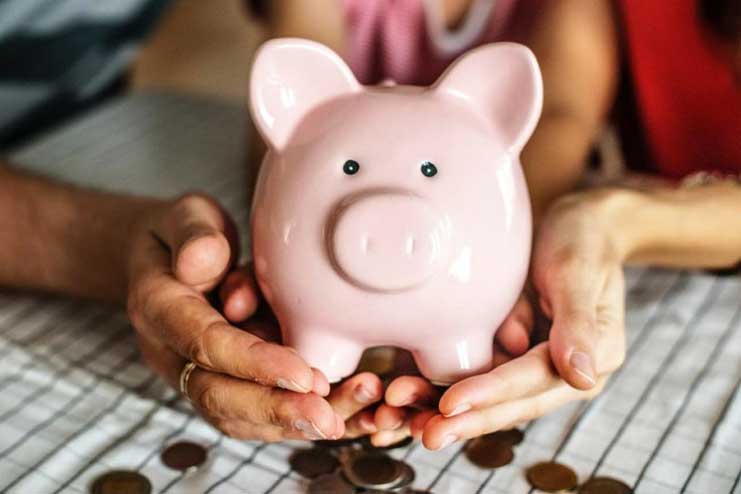
It is essential to give good financial grounding from childhood, as the way that children treat money in their childhood will be carried into adulthood.
Here are the few tops on making your child to understand the value of the money:
- Give your child a piggy bank
- Teach them basic maths
- Give your child small allowance
- Let your child do some spending
- Open a bank savings account for your kid.
How Do You Introduce Money To The Kindergarten?
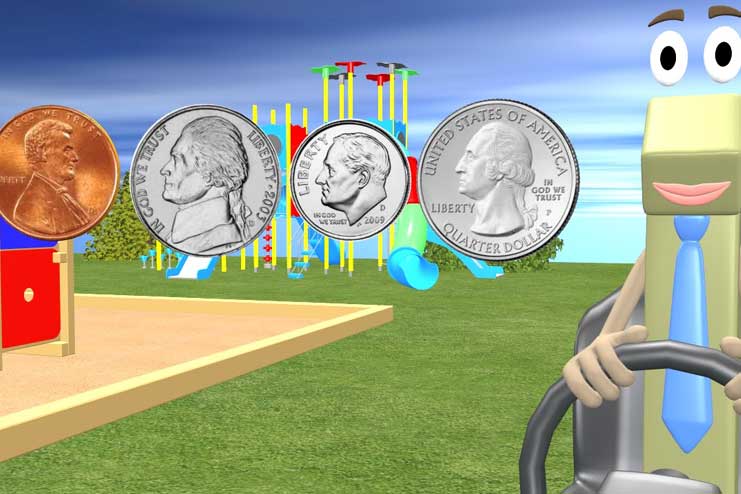
Here are the few tips for introducing money to the kindergarten:
- Provide opportunities to the kids by introducing some money activities, it will help them in later grades to understand mathematical concepts such as fractions and decimals.
- Teach them money vocabulary like buy, sell, sale,cost, dollars, cents etc.
- Make use of real coins to make building patterns.
- Use role playing and group activities to help them recognize money and understand the difference between nickels, dimes, and quarters.
Money Skills that kids need:
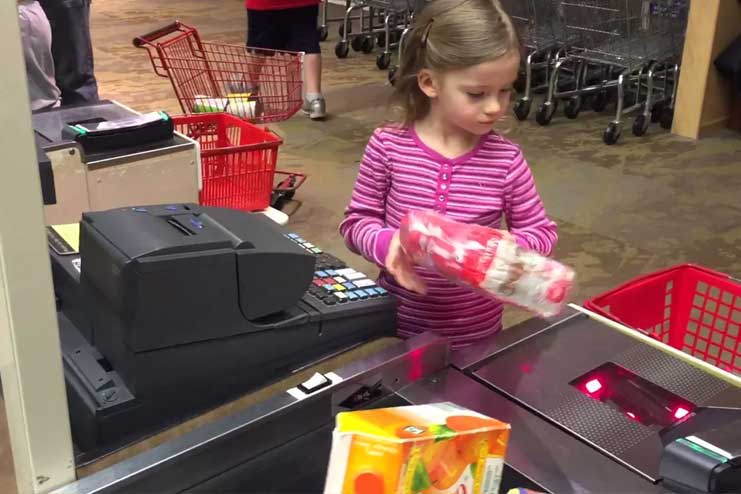
Help them to be good at money management in the future by teaching them money skills from childhood.
Here are the money skills that kids need:
- Correctly using terms like nickles, dimes, and quarter.
- Mathematical concepts such as counting, adding, subtracting which helps them to count and add money.
- Ability to buy small toys by applying money to real life situations.
Best Money Activities For Kids:
Here are the few money activities which help kids to understand the value of money:
1. Matching Game:
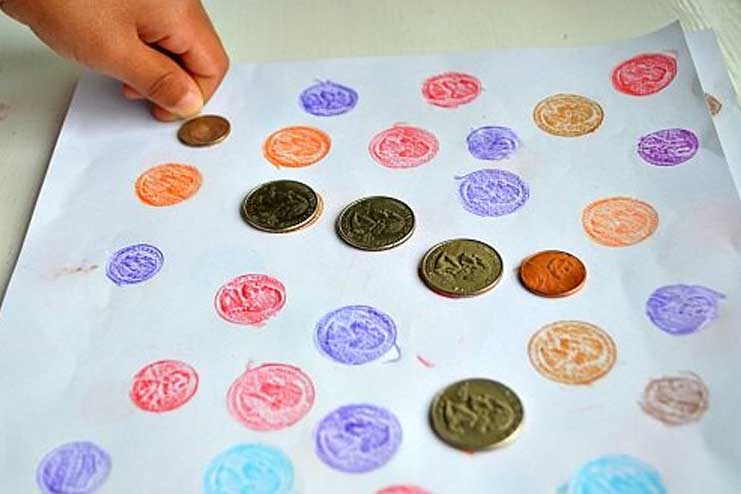
This is one of the best money activities for preschool children.
Things Needed:
- White paper sheet
- Color pencils
- Coins
How To Play?
1. Ask the kids to draw the impressions of the coins by placing the coin below the paper.
2. You can use either crayons or colored pencils for coloring. Color pencils facilitates drawing out impressions quickly as it is easy to hold.
3. Once all the coin impressions are drawn, make the kid match the coins with the impressions. This game helps them to identify the coins well.
2. Money Math Tray:
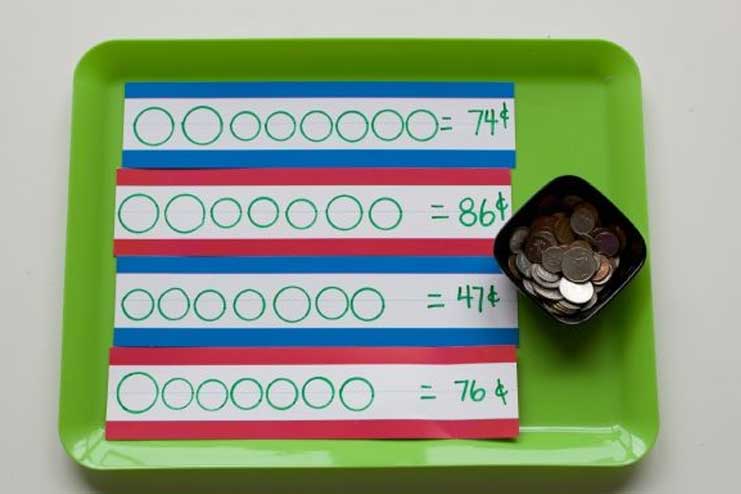
This game best fits the children above 5 years. It teaches currency identification and problem solving skills.
Things Needed:
- Coins
- Dish
- Sentence Strips
- Tray
- Marker
How To Play:
1. Draw any random number to the right side corner on the sentence strip. Make sure that the number should not exceed the coins sum.
2. Draw circles on each sentence strip.
3. Ask your kid to place the coins in the left side circles of the sentence strip in such a way that summing up of the coins results in the number on the right side.
3. Roll the Dice:
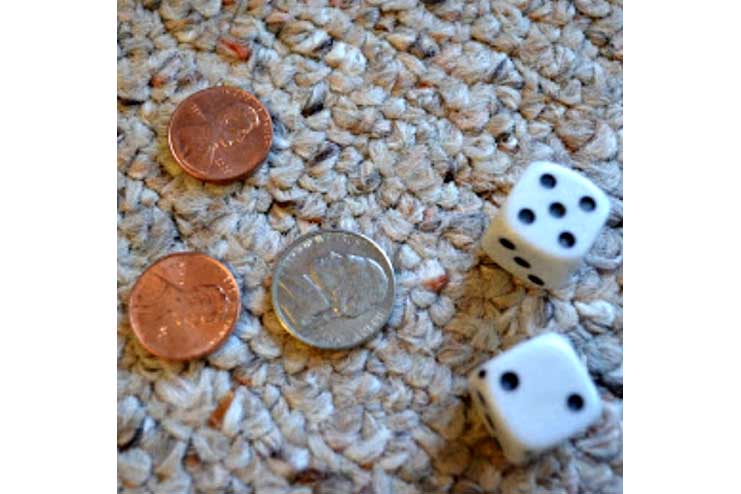
This game best suits the children who have just started identifying and counting the coins.
Things Needed:
- Dice
- Coins
How To Play:
- Roll the dice and make the number with the coins matching the number on the dice.
4. Dollar Game:
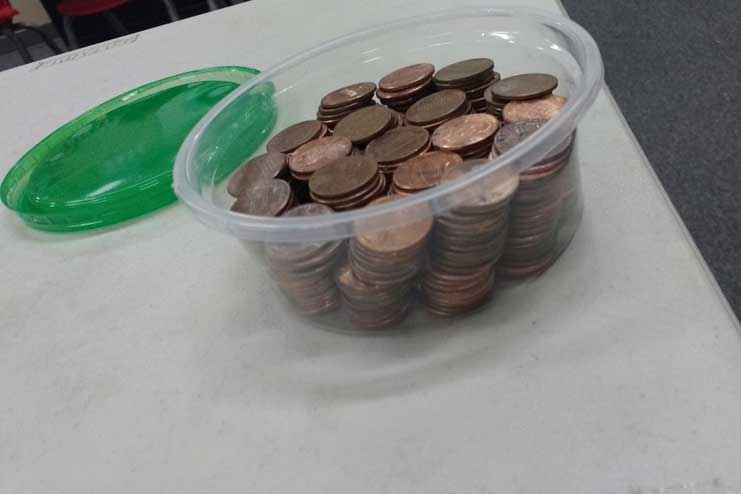
This enhances the coin counting ability of your child.
Things Needed:
- Coins
How To Play:
1. Place a bowl full of coins in front of each kid and ask them to make up the coins counting to $ 1.00.
2. The one who makes the most number of coins wins the game.
5. Money Clip Cards:
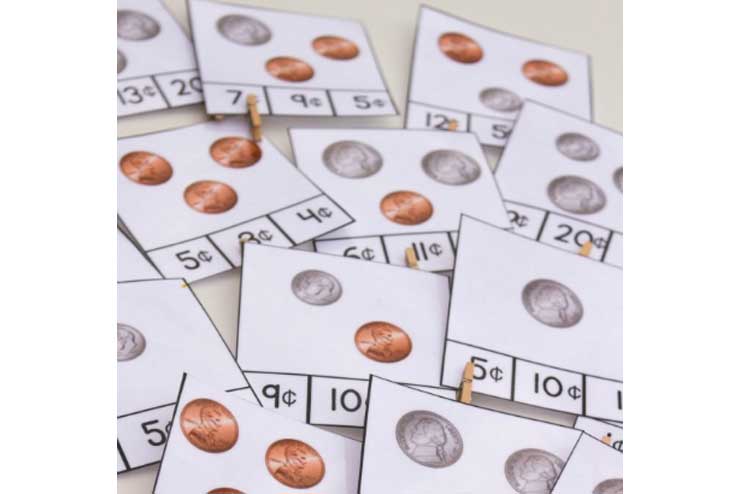
This game will help kids to identify the coins
Things Needed:
- Papers printed with coins
- Cloth clips
How To Play:
1. You can print or paste the coins on the paper.
2. Each card will have four count coins on it.
3. Write any 2 numbers out of the 4 coins on the bottom of the paper.
4. Write another number of your choice not matching with the count coins.
5. Ask the kid to pin the number that is missing from the count coins.
6. Counting Money:
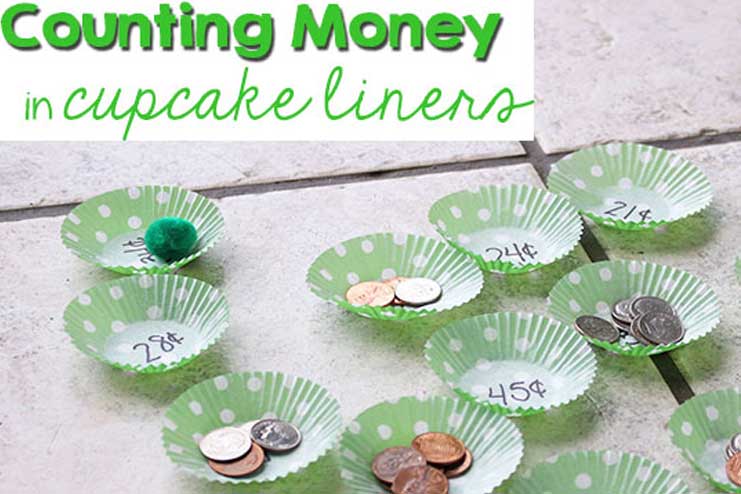
This game improves math skills in your kid.
Things Needed:
- Cupcake liners
- Pom pom
- Coins
How To Play:
1. Mark the numbers on the cupcake liners.
2. Place them randomly on the table.
3. Ask the kid to sit in front of liners
4. Toss the pompom and when the pompom lands in a particular liner ask the kid to demonstrate the number in the cupcake liner with at least coins as possible.
7. What’s in My Wallet?
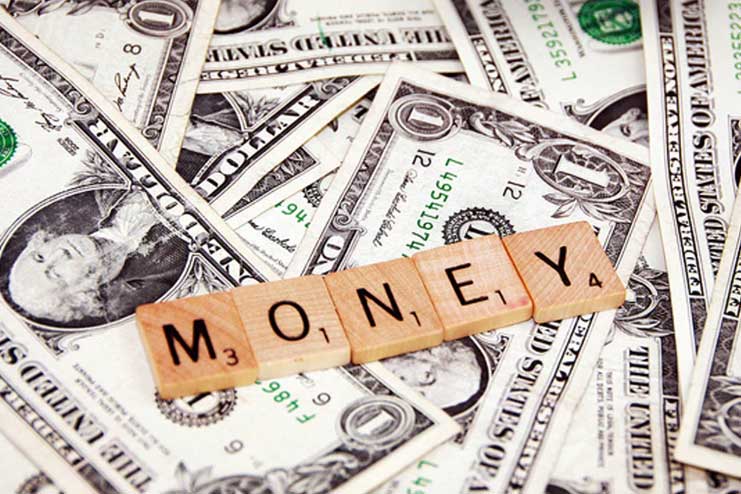
This game is played by a group of kids .
How To Play:
This is one of the funny games that kids love
Ask the kids to guess imaginary money in your wallet with the help of hints.
For example “I have a total value of less than 10 dollars and two coins, how much I have in my wallet?”
8. Money Tree Game:
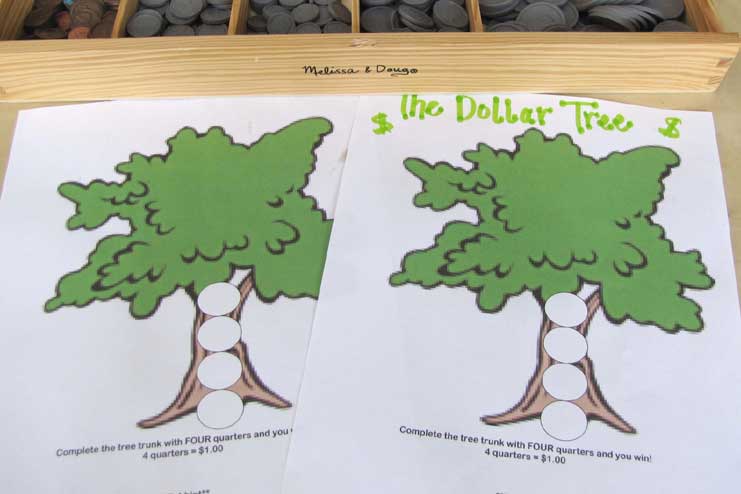
This game makes the kids learn counting coins which is an important life skill.
Things Needed:
- Tree printed on paper
- Spinner
- Coins
How To Play:
1. You can make your own cardboard spinner by marking it into 6 equal parts. Number the parts from 1-5 and mark the left part as Trade Up!.
2. Ask your kid to spin the wheel and make them collect the number of pennies from 1 to 5.
3. Landing on Trade Up will give a chance to spin again.
4. Stop collecting the coins once they land on “Trade up” for the second time.
5. Make the kids place the collected coins on the tree trunk and draw the counting in terms of nickel, dime etc.
9. Wikki Stix Game:
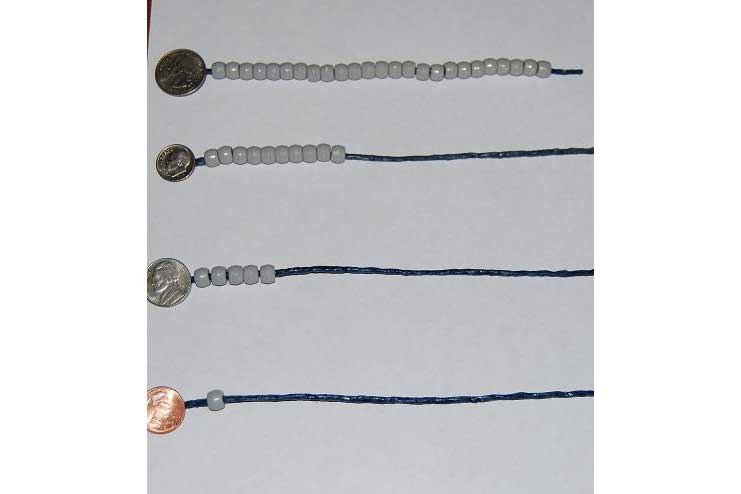
This game is the best choice to introduce coin values to children.
Things Needed:
- Wikki Stix
- Pony beads
- Coins (penny, nickel, dime, quarter)
How To Play:
Before starting the game introduce the coins to kids:
Penny = 1 Cent; nickel = 5 Cents; dime =10 Cents; Quarter=25 Cents
1. Ask your kid to place each coin on the flat side of the wikki stix.
2. Now make your kid place the beads corresponding to the coin value.
Example: For a nickel on the wikki stix, a child has to add 5 pony beads to the counting stick.
10. Cup and Coin Game:
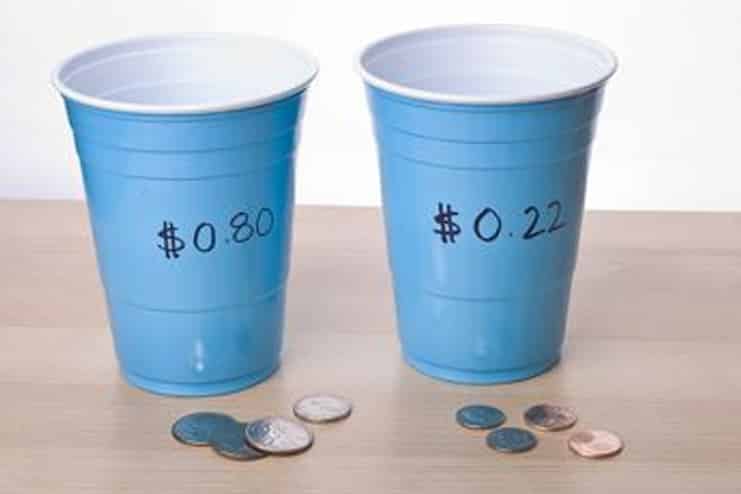
This game teaches kids to read the prices and count the coins.
Things Needed:
- Plastic cups
- Coins
How To Play:
1. Write the random prices on the cups.
2. Ask the kids to drop the change in the cup corresponding to the price on the cup.
11. Penny Boat:
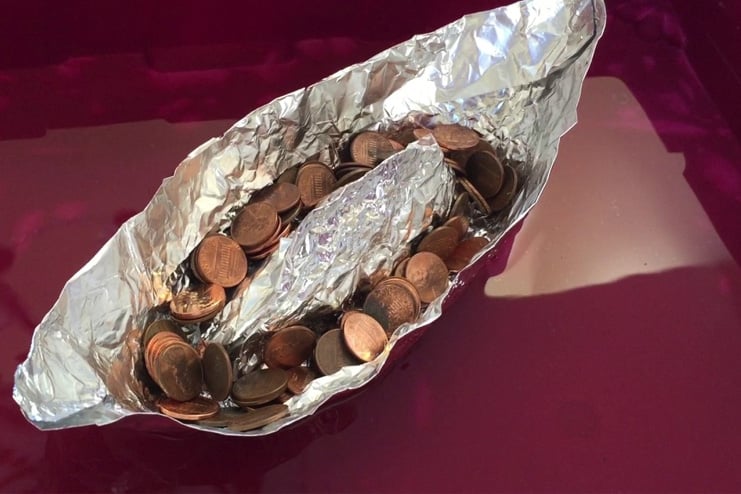
This activity helps to improve both crafting and math skills in your kid.
Things Needed:
- Aluminum foil
- Pennies
- Bucket or tub of water
- Paper & Pencil
How To Do:
1. Make a layout for the penny boat on the paper.
2. Use the aluminum foil and make a boat out of it and place it over the water to check whether it bloats or not.
3. Keep placing the coins and ask your kid to count the number of coins before the boat sinks off.
4. Make your kid build a boat that can hold more pennies than earlier.
12. Candy Sore:
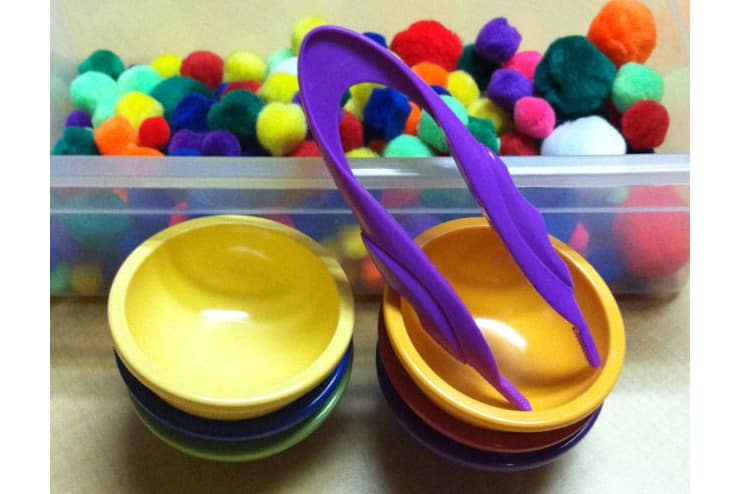
This game will enhance the counting abilities in your kid.
Things Needed:
- Index cards
- Coins
- Small craft pompoms
- Empty jar
How To Do:
1. Fill the empty jar with pompoms which will be pretended as candies
2. Stick the pennies to the index cards.
3. Allow your kid to pick an index card of their choice and purchase the amount of candies from the jar corresponding to the sum on the index card.
13. Grocery Store:
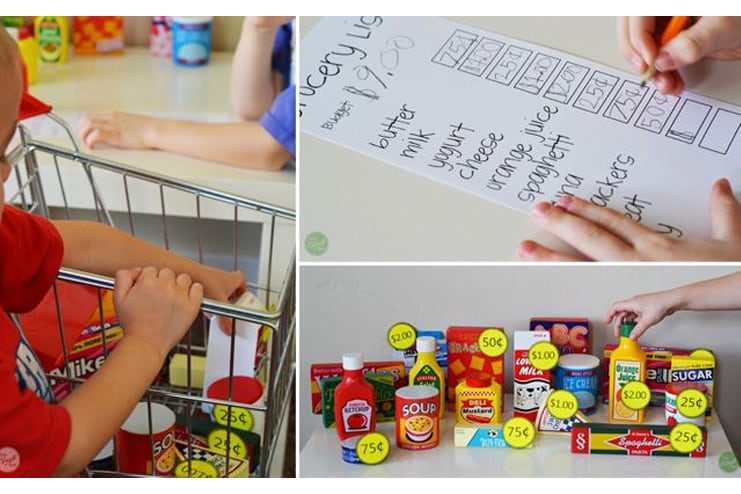
This activity will help kids to buy small grocery items and toys.
Things Needed:
- Real foods from pantry
- Coins
- Paper pieces cut in the shape of small rectangles
How To Do:
1. Arrange the packed foods on the table.
2. Mark the false price on the paper and paste it on to each pack. Initially paste the false price when your kid is strong enough to identify and read out the price correctly, you can teach your kid to find its original price.
3. Make your kid select the items of their choice and count the total value needed to buy them.
Fun Money Activities For Middle School Students:

It is necessary to teach middle school students the financial responsibility. Here are the few activities to get their attention.
1. Budget Worksheet:
- Split the students into groups and assign them the task to analyze how much each person spends in a week under different circumstances like single, married, children, student loans, car payments etc.
- Encourage the students to gather the date from the news articles and magazines on the internet.
- Have the students note the budget in the worksheet.
2. Create a Buying Plan:
1. Ask the students to prepare a list of 10 items that they want to buy. They can arrange the things either in ascending or descending order of their prices.
2. Ask the students to form into groups to identify the common things.
3. Each student need to explain what personal values made them choose those items.
4. Help the kids on how to decide the things based on the situations like job, allowance or have a savings account.
3. Needs Vs Wants:
The ability to distinguish between need and want is the basic skill that helps in money management.
1. Ask the students to prepare a photo slideshow demonstrating the changes in the human’s lifestyle. For example, smart phones are not considered as necessary in the past.
2. Make the students to predict the future needs.
3. This helps the to build metacognitive thinking and self budget management techniques.
4. Coupon Story:
This will help students to improve their shopping skills.
1. Ask the students to create a story on their trip to the supermarket.
2. Story must include price of the item, how much they have spent and how much they have saved using the coupon.
5. Money Learning Apps:
Choose the apps with catchy sounds, and animations to teach your kids financial literacy.
Here are the few financial literacy apps:
A. Savings Spree:
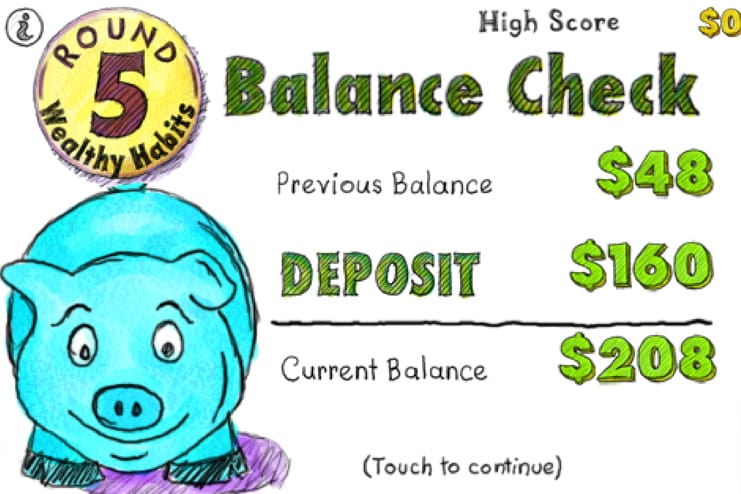
1.This app teaches the younger children on how to save the money to achieve short term future goals like to buy a bike or a MP3 player.
B. Bankaroo:
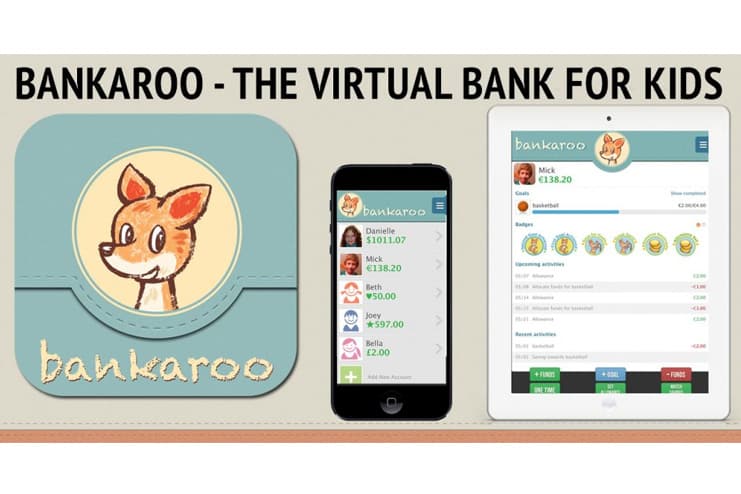
It is a virtual bank for kids and it offers a safe environment to teach them the value of the money.
C. FamZoo Family Finance:
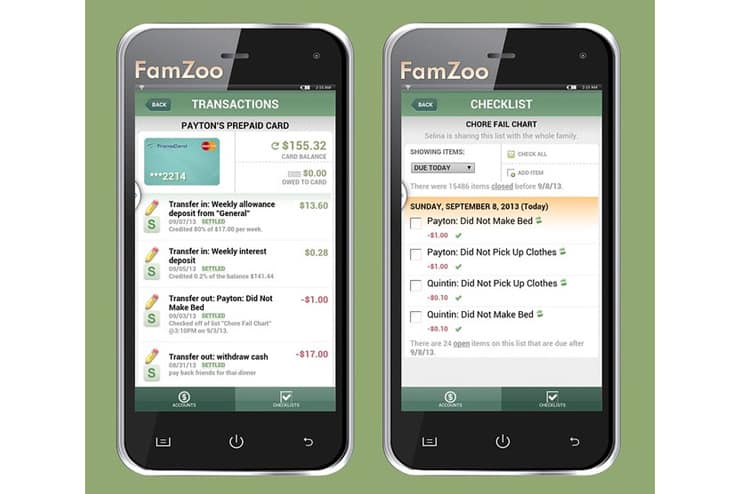
This game best suits the kids above 13 years. It helps kids to understand the value of money, budgeting and savings. It encourages the whole family to develop good personal finance habits.
6. Bouncing Ball Budget Game:
This is one of the best interactive money activities for kids. This game involves tossing the ball from one to another and sharing the money spending decisions. Encourage the students to think about new spending ways by keeping in mind their past decisions.
7. Financial Challenge:
Encourage the students to dig out the ideas for hosting a end of the year party or raising money for charitable donations. Help the kids to figure out the ways to reach your goal. For example throwing a bake sale or recycling cans will help to gather some money.
8. Financial Future Map:
Ask the students to visualize their future life and write down the following things:
1. The profession they wish to get into
2. Number of kids they wish to have
3. Where do they want to live?
Make them create a household budget based on their future salaries. They can also include photos, and art materials to make their budget plan very interactive.
In this technological world, parents deal with virtual money like online banking, credit/debit cards. Children are unlikely to see the coins and dollars. It is important to learn them identify money and its value which helps them to achieve a well organized financial life.








































